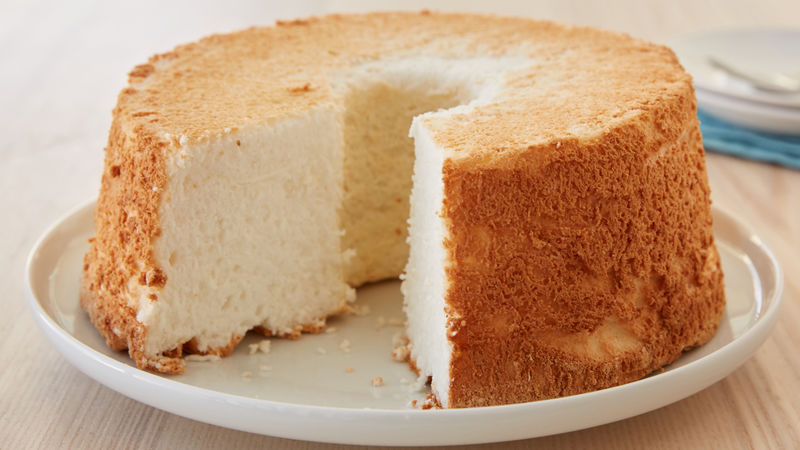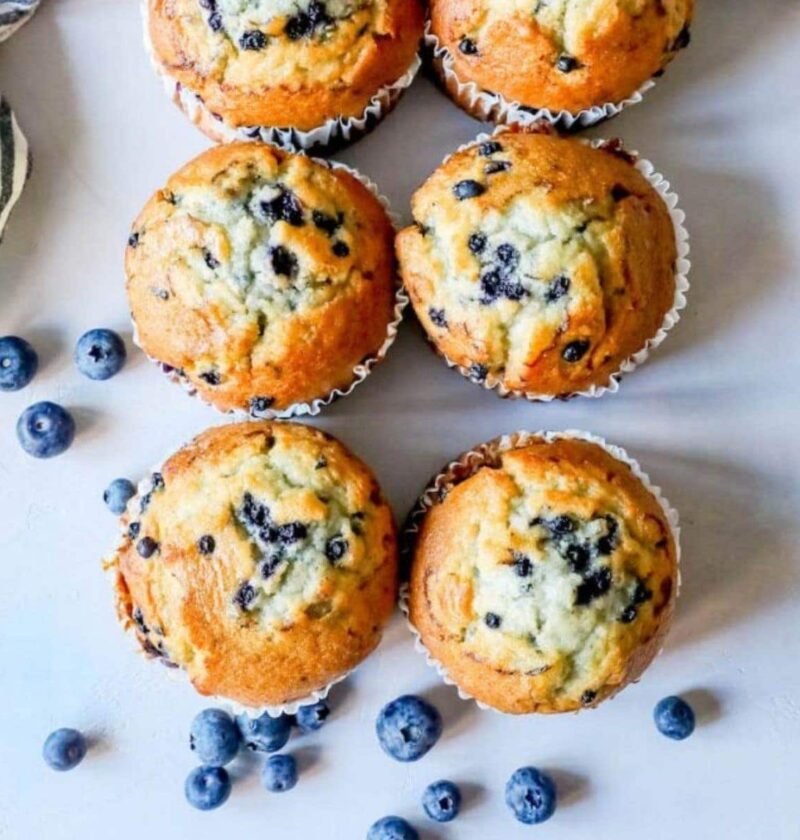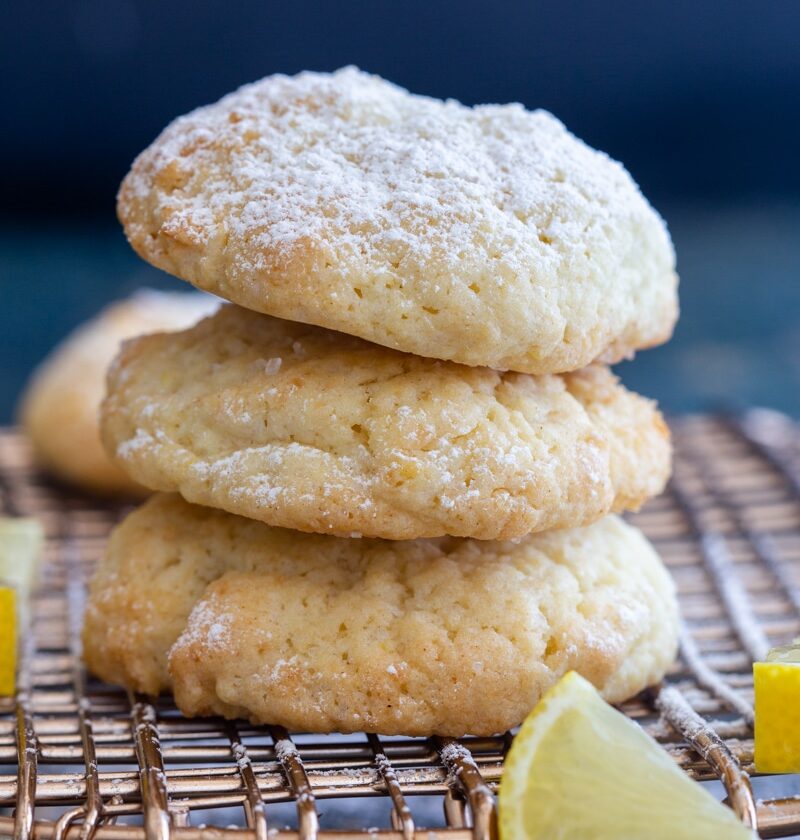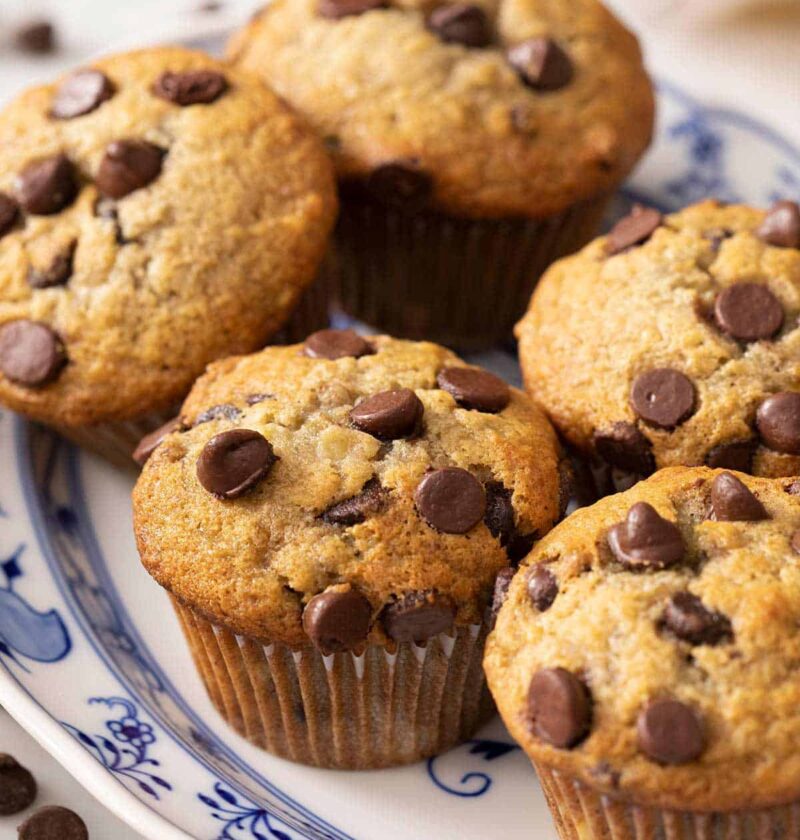Focaccia
Category: Science of Recipes
Focaccia is a very old and traditional staple of Italian cuisine. There are hundreds of ways to make this simple bread but its main ingredients are flour and extra virgin olive oil. This recipe is what my Nonna would cook every Sunday so that we would have bread for sandwiches that week. The bread itself...
Science Behind The recipe
Category: Science of Recipes
Hello! I’m Zavella Sanders and today we will be going over the processes of making a Mardi Gras King Cake. Its a dish native to Louisiana and it has a lot of processes that go over most of the important and relevant processes within the actual world of baking. Milk In this recipe milk is...
Angel Food Cake
Category: Science of Recipes
Explore this recipe at a glance (1). Although a simple dessert, angel food cake combines basic ingredients with complex baking techniques resulting in a slice of heaven. It is a low-fat, pristine white cake with a thin light brown exterior. It is a tall, tender, and timeless cake that is worth the time and effort. Follow this recipe...
Science of Recipe- Coconut Macaroons
Coconut macaroons have always been an easy go-to recipe in my house. They’re tasty, light, and hard to mess up. For this reason, I decided to experiment with them for this blog post. There are various aspects of this recipe that we have learned about in class, including whipping egg whites into foam. There are...
The Chemistry of Blueberry Muffins
Category: Science of Recipes
This breakfast classic, while easy to make, has much going on at the chemical level. To learn more about the ingredients in blueberry muffins, click here Learn more about our recipe process with our Recipe at a Glance here Learn more about the authors, Lexie Greene and Jesse Bradley-Johnson at these links
Science of the Recipe: Croissants
This food blog is by Isaiah Bañuelos and Caleb Chastain When we think of croissants, we often think about these amazing bread that is delicious. While that thought is true, the process for croissants is actually quite tedious and labor-intensive. You can use this post as a way to explore not only the process and...
Science Behind: Lemon Drop Cookies
Category: Science of Recipes
Our recipe is Lemon Drop Cookies. The part that we’re adapting is we’re taking the baking soda out and increasing the baking powder from 1 teaspoon to a teaspoon and a half. Why do this? Simply because it’s easier to use one leavening agent than two. The baking soda is in the recipe to activate...
French Macarons
Category: Science of Recipes
Macarons have a reputation for being difficult because of the delicate processes used to produce them. Here is a (not so brief) breakdown of why each ingredient and the process they are necessary for is so important! Dry Ingredients The ground almonds and powdered sugar add body to the macaron batter. The almonds provide flavor...
Science of Recipe: Banana Chocolate Chip Muffins
Category: Science of Recipes
Banana chocolate chip muffins; how hard could they really be? It appears to be a simple recipe at first glance, but what truly makes the perfect dense and flavorful muffin? That is the question that we are here to answer. The (not so secret) secret to producing your ideal moist muffin lies in your preference...
Recipe: Grandma’s Sugar Cookies
Category: Science of Recipes
Want to learn more about the science behind the recipe? Click Here Click here to see the recipe in another format.






